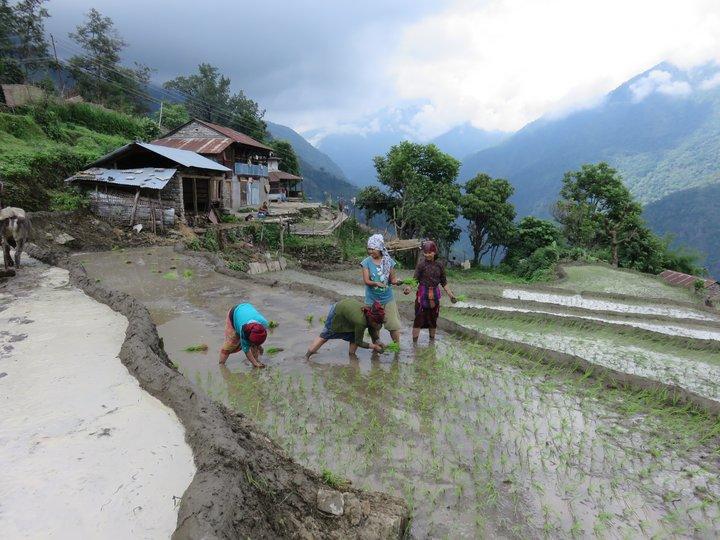National Geographic highlights why getting Nepal the right seeds after the earthquake matters

When two major earthquakes devastated Nepal this past spring, farmland was washed away and seeds adapted to the terrain were lost. National Geographic highlights work by Bioversity International and partners to bring scientists and farmers together to rebuild seed stocks.
National Geographic highlights work by Bioversity International and partners to bring scientists and farmers together to rebuild seed stocks.
When two major earthquakes devastated Nepal this past spring, farmland was washed away and seeds adapted to the terrain were lost.
Farming communities in central Nepal’s mountainous region were some of the hardest hit areas in the country. Seeds, tools, food stocks, and buildings were destroyed. In the six most-affected districts, the Food and Agriculture Organization of the United Nations (FAO) estimates that about 60 percent of food and seed stocks were destroyed in farming households.
“Very few seed varieties from here are developed through public and private sector plant breeding,” explains Bhuwon Sthapit, a senior scientist at Bioversity International quoted in the article. “These seeds adapt to the local environment and culture through an evolutionary process of natural and human selection that takes decades,” he says. “Call it evolutionary breeding in situ.”
Read the article in National Geographic magazine here:
Why Getting Nepal the Right Seeds After the Earthquakes Matters
Read the more about this work here:
Matching Seeds to Needs in the Aftermath of the Nepal Earthquake
